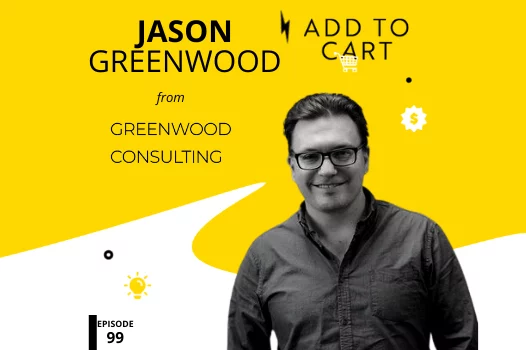In this episode of Add To Cart, we are joined by Jason Greenwood from Greenwood Consulting. Jason runs his business out of Auckland, New Zealand and helps B2B and DTC brands across ANZ re-imagine themselves for the digital age. He describes himself as a digital native, a ‘futurist’ from way back and a consultant obsessed with helping businesses do eCommerce right. In this chat, we discuss the state of online commerce in New Zealand and get some tips for Australian businesses who are looking to expand into the Australian market. We cover why he thinks headless is not a smart strategy for most eCommerce businesses, the implications of Amazon entering the New Zealand market and his recommendations for how to stand out on LinkedIn.
“Their eyes light up and they burst with excitement and say I had no idea this is where commerce got to over the last decade”
Jason Greenwood
Questions answered in this episode include…
- Where can Australian retailers get tripped up when looking to expand to New Zealand?
- What eCommerce skills are most in demand in NZ?
- What’s your top tip for standing out on LinkedIn?
Selling boardies to the Kiwis
“Kiwis are more risk averse just by nature. They are more ‘number eight wire’, they are more do it yourself, and that translates even into budgets for discretionary income and retail purchases. So what brands oftentimes find when they come into Australia is they have to create a subset of their catalogue that is really market suitable for the New Zealand market. And they won’t necessarily send all their catalogue into the New Zealand market because it just won’t sell as well.
And then the other thing is weather. So, Australians have f**king amazing weather for the most part, Kiwis don’t. We have sh*t weather for the most part. And so that is a massive difference when, if you’re a fast fashion brand for example, and you’re going to try to bring Gold Coast type clothing into New Zealand, you’re going to struggle. And that’s why brands like Macpac and Kathmandu have done so well in New Zealand because they’ve really tailored their product range for the Kiwi market and the outdoors, the rugged outdoor space, the mountainous space.
We just have a different buying demographic, we have different personalities, it’s a different culture. So those are probably some of the biggest differences when you’re looking at coming into the New Zealand market is we just have a different mindset, different market, different weather.
Take me to your…data
“The first thing that I will usually get (a company I am working with) to show me is the state of their product data and the state of their customer data. That’s the first thing. And then beyond that, I’ll start to unpick the systems they already have in place.
So, do they have an ERP or don’t they? What does that look like? How old is it? How mature is it? How complete is it? How well implemented is it? Do they have a CRM? Don’t they? Do they have marketing automation platform or don’t they? Do they have a CDP or not? Do they have a PIM or not? What is the channel mix that is current doing well for them? How are they attacking those channels? How are they doing in those channels or how are they servicing those channels both independently as well as collectively?
So, I really look at what is the current state of where their business is at and to be honest, probably 80% to 90% of the time, we have to fix data issues before we can do anything else. So oftentimes their data, particularly product data is just not in a fit state for digital channels, it’s just not ready,
So I’m working with a client right now and I went in and they had about three or four different product data models that they were running in their ERP. And we needed, first of all, to make the data model consistent across all their products. We then had to set about making the attributes and the attribute model consistent across all products. And then we had to really pull out, what are the commonalities across products that we can then surface in a meaningful way to the customer on the front-end journey to support the buying process?”
Stand out in a LinkedIn crowd
“I don’t have any great hack for you, but the one thing that I think for me has made me stand out is the fact that I’m prepared to take very controversial positions. So I have strong opinions based on experience, or what I like to think is based on experience. And I’m not afraid to share those, even if I know they might be slightly unpopular or not on trend.
So for example, I’ve gone against the headless train. Everybody’s saying, “Headless, headless, headless,” and I’ve been one of the few very focal people on the market saying, 99% of merchants don’t need to do headless and they definitely don’t need to do it right now. It’s immature. It’s going to cost you a lot. It’s going to take you a lot of time. And you’re going to lose a lot of the benefits of SaaS platforms while you’re at it.
And that’s a very unpopular position to take, but it also positions me, I guess hopefully, in a way as a thought leader around my position because I back that up. I don’t just issue a throwaway statement. I document why I believe that’s the case and I’m willing to have that debate or discussion with anybody who believes otherwise. And so I guess that would be my one piece of advice, don’t be afraid to take strong positions that you believe in, even if you think it goes against the grain.”




